Thursday morning I decided to go on a little expedition to Svalyava. I caught the bus to Mukachevo right outside Klara's house for 17 hrivna ($1.30), then in Mukachevo bought a ticket to Svalyava for 8 hrivna ($0.60). Even though I kept mispronouncing the name of the town, the woman at the counter got me the right ticket, and told me which platform to got to.
From Uzhgorod to Mukachevo, the view was of fields and more or less flat land. As soon as we got on the other side of Mukachevo, headed for Sbalyava, the scenery changed. It became covered in forest, and a lot more hilly - a lot like western Pennsylvania, but with steeper hills.
Svalyava train station;
War memorials:
One of the largest chestnut trees I've ever seen:
I wasn't able to find any information about the church below. I'm assuming it is Greek Catholic, since at the beginning of the 20th century the majority population of Slavyava was Greek Catholic.
Below, the Roman Catholic Church of the Assumption of the Blessed Virgin Mary:
The Slavyavky River:
For lunch, I found a nice little cafe, Cafe Livs:
The outside was maybe a little tacky looking, but inside was very nice. Staff was very, very friendly. They had a very nice menu, but I couldn't decide what I wanted. I just asked the waitress for her recommendation. If you're ever in Zakarpattia, at a restaurant, and don't know the language (or know the language and can't decide what to get), just say "recomendatsiya"; you probably won't be disappointed. I wish I knew the woman's name, because she was very nice - she recommended their borshch, followed by "lotsya", or "latsya", and potatoes. I also had a nice white wine from Crimea.
The food was fantastic! The borshch was excellent, very well balanced, with pork broth and meat. Neither the beets nor cabbage were overpowering. Normally, I won't touch sour cream, and I forgot that borshch is usually served with sour cream. After having their borshch, don't think I'll be afraid of sour cream any more.
The "lotsya" were pork chops (?) with onions and garlic. They were the most tender and tasty pork chops I've ever had! I think the total bill for soup, entree, and glass of wine was about $5 USD.
After lunch, I found a taxi driver, told him that I was an American tourist, and that I was interested in seeing the old wooden church, the Schoenborn Hunting Lodge, and anything else interesting along the ride back to Mukachevo. The first stop was the wooden church of St. Nikolas, built in 1588. The church was surrounded by scaffolding, as repairs were being made to the roof, but the church was still impressive.
Next stop was the Cyril and Methodios Orthodox Convent in Drachyno. Unfortunately, the sun was in the wrong position to get very good photo's.
Next, Yura, my taxi driver, took my to his own church in Pasika, which means "Apiary", or "Bee Farm". His church is set against a backdrop of the mountains; very scenic
To get to some of these places, we had to drive up steep hills on some of the worst roads imaginable. I'm always amazed that cars even last a few weeks here, the roads are so bad. My driver Yura said they had bad roads so that Yanukovych could have a palace.
At Chinadiyavo we stopped at Count Schoenborn's hunting lodge. The Schoenborns were one of the most powerful families in Austria-Hungary, and one of the largest landowners. Count Schoenborn owned 200 villages in Zakarpattia, and 4 towns, including Mukachevo. The hunting lodge had 365 windows, 52 rooms, and 12 staircases. It is now used as a sanitarium and health spa.
At the lodge, we were met by Yura's wife, who works at the lodge kitchen. She took me inside, to the main hall, for some photos. I think that this may be the only room which has been preserved; the others converted.
The downside of using a taxi driver as a tour guide, rather than exploring on my own on a bicycle, is that there were quite a few places along the way which I would have liked to stopped and seen. The PLUS side is that Yura took me to some places I didn't even know existed. Our first stop after the Schoenborn Lodge was the wooden church of Great Dmitry in Vilhovytsy, built in the 17th Century:
The door of the church is only about 4 feet high! The door frame is also covered with carved sun symbols, which are too faint to show in these photo's:
Our final stop before Mukachevo was a huge surprise - the Chynadiyovo Castle. The Castle of St. Miklos (St. Nikolas) was originally built in the 14th Century. Most of the castle was destroyed in 1657 by Polish lord Jerzy Lubomirski, during the wars between the Ukrainian Cossacks, Sweden, Transylvania, and Muskovy. Below is the only remaining room of the original 14th century castle:
Most of what can be seen today is the result of Ference Rakoczi I's rebuilding campaign. The castle is currently undergoing reconstruction of the roof.
To be continued. I'm not even close to being finished, but it's late at night.










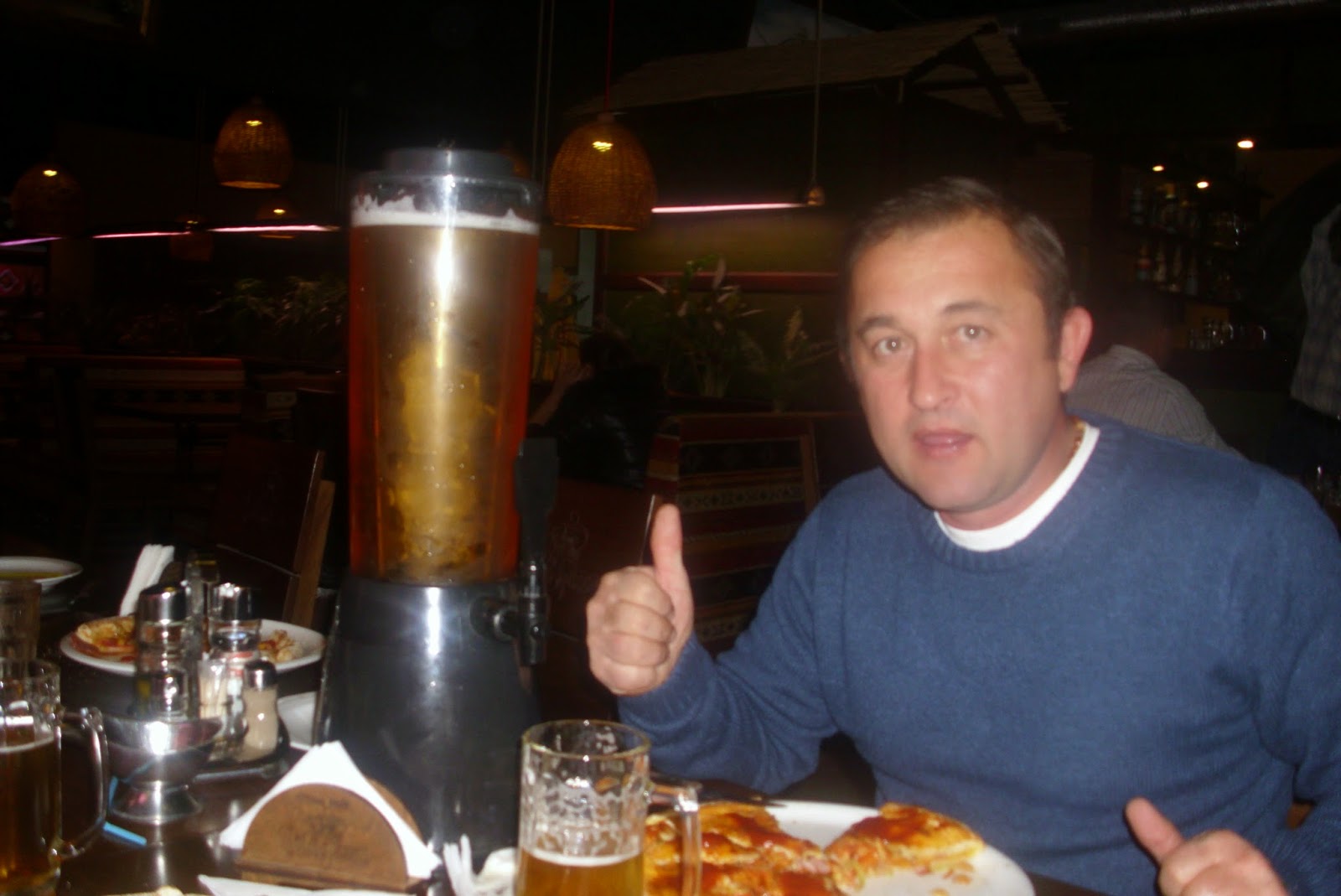






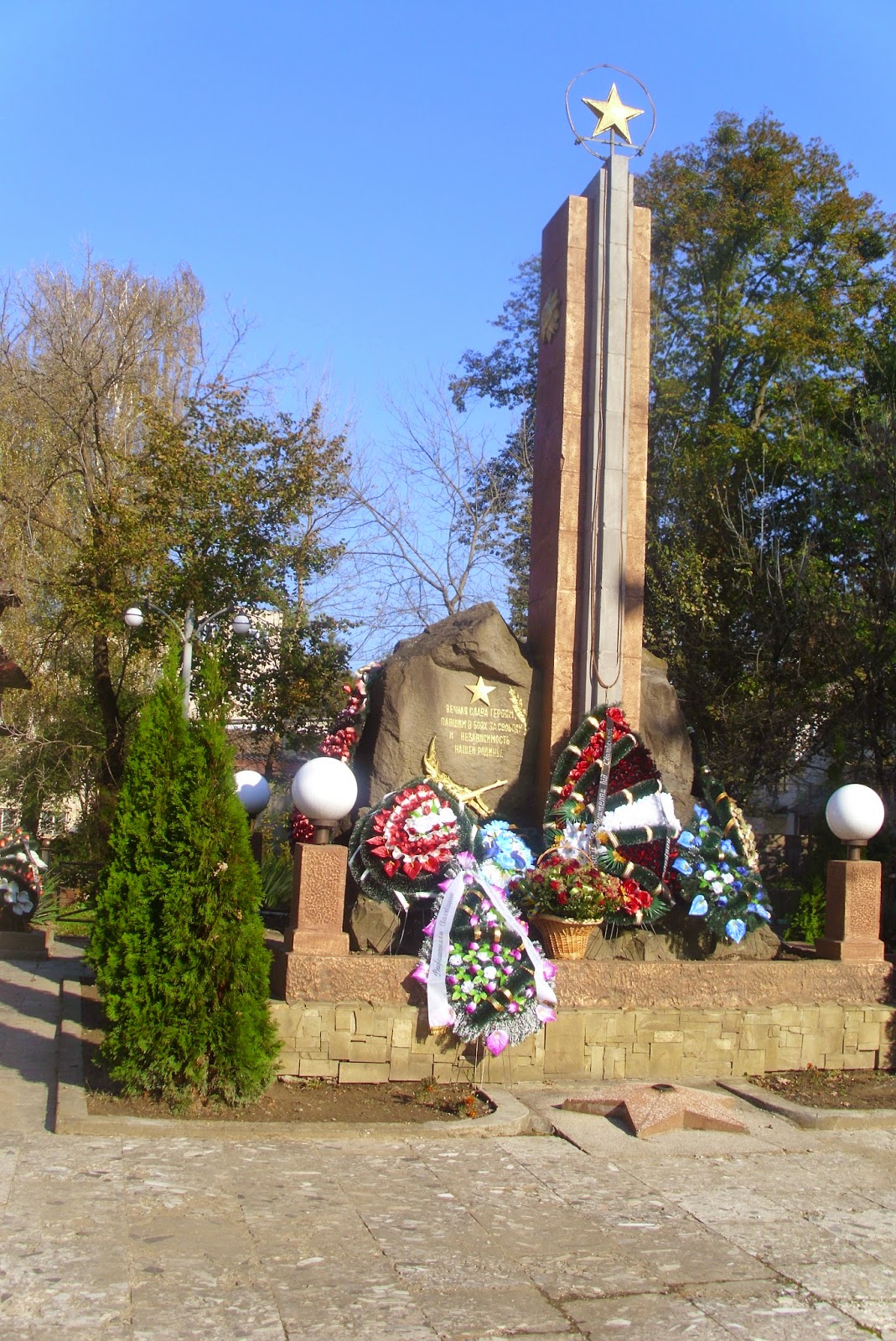




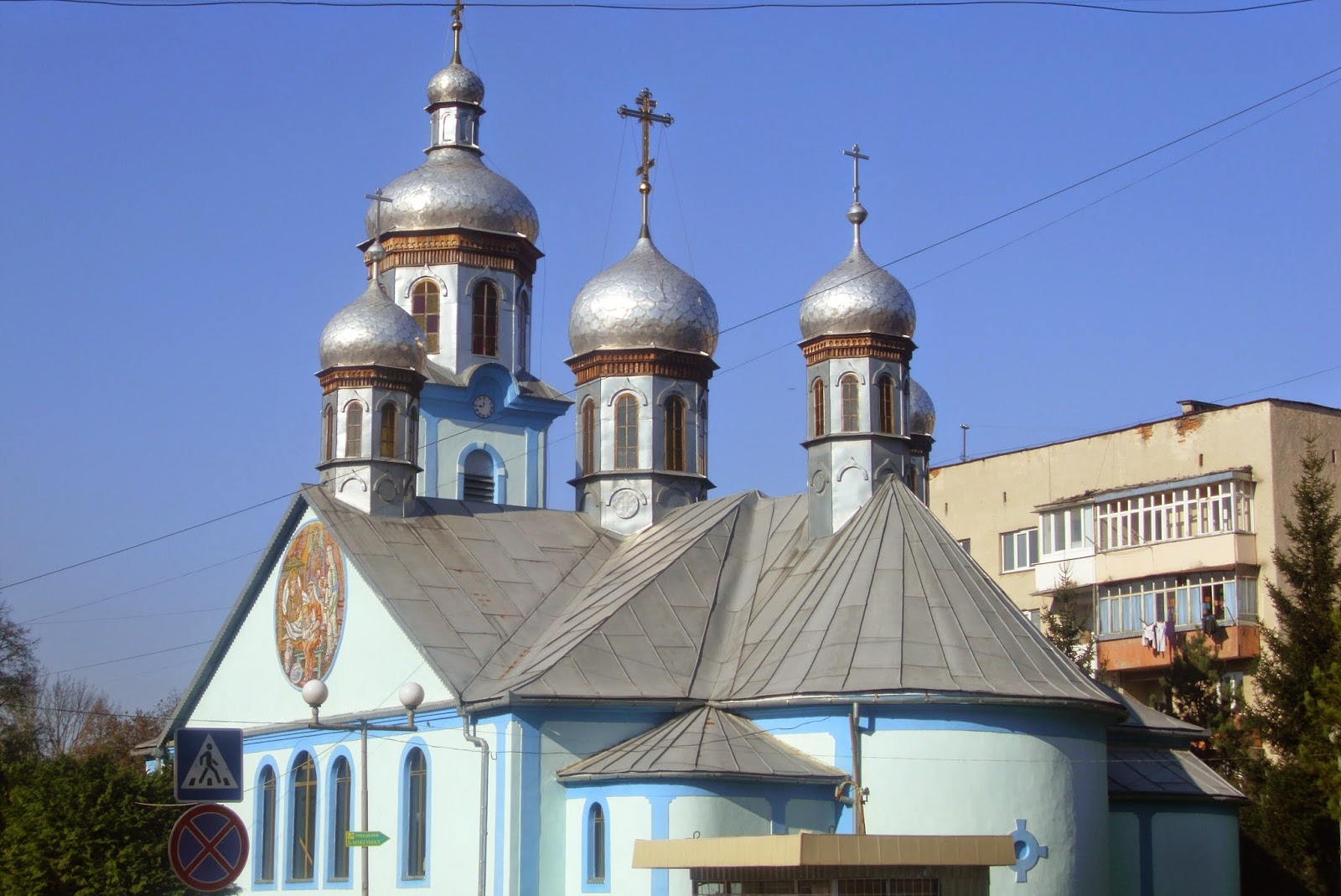

















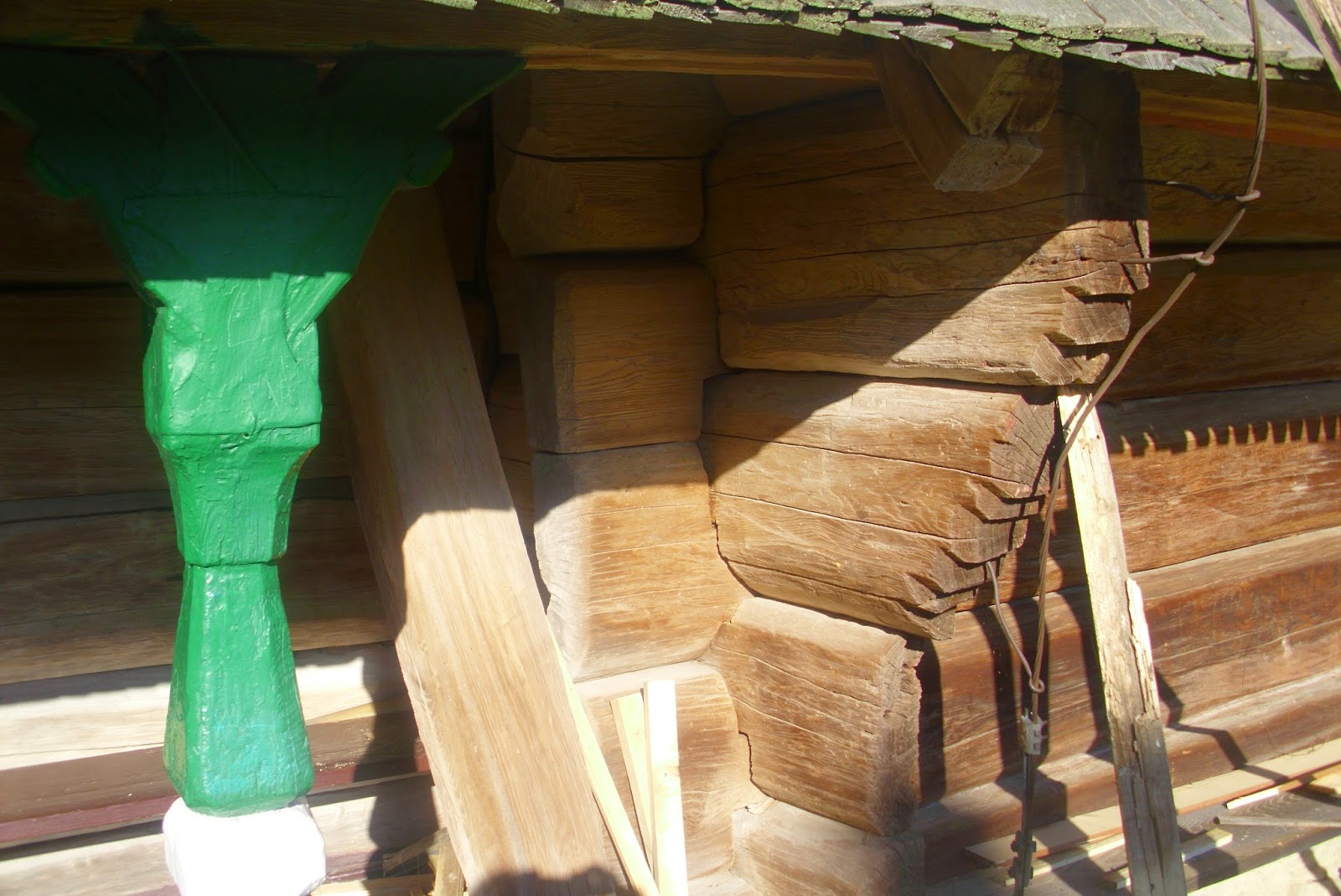































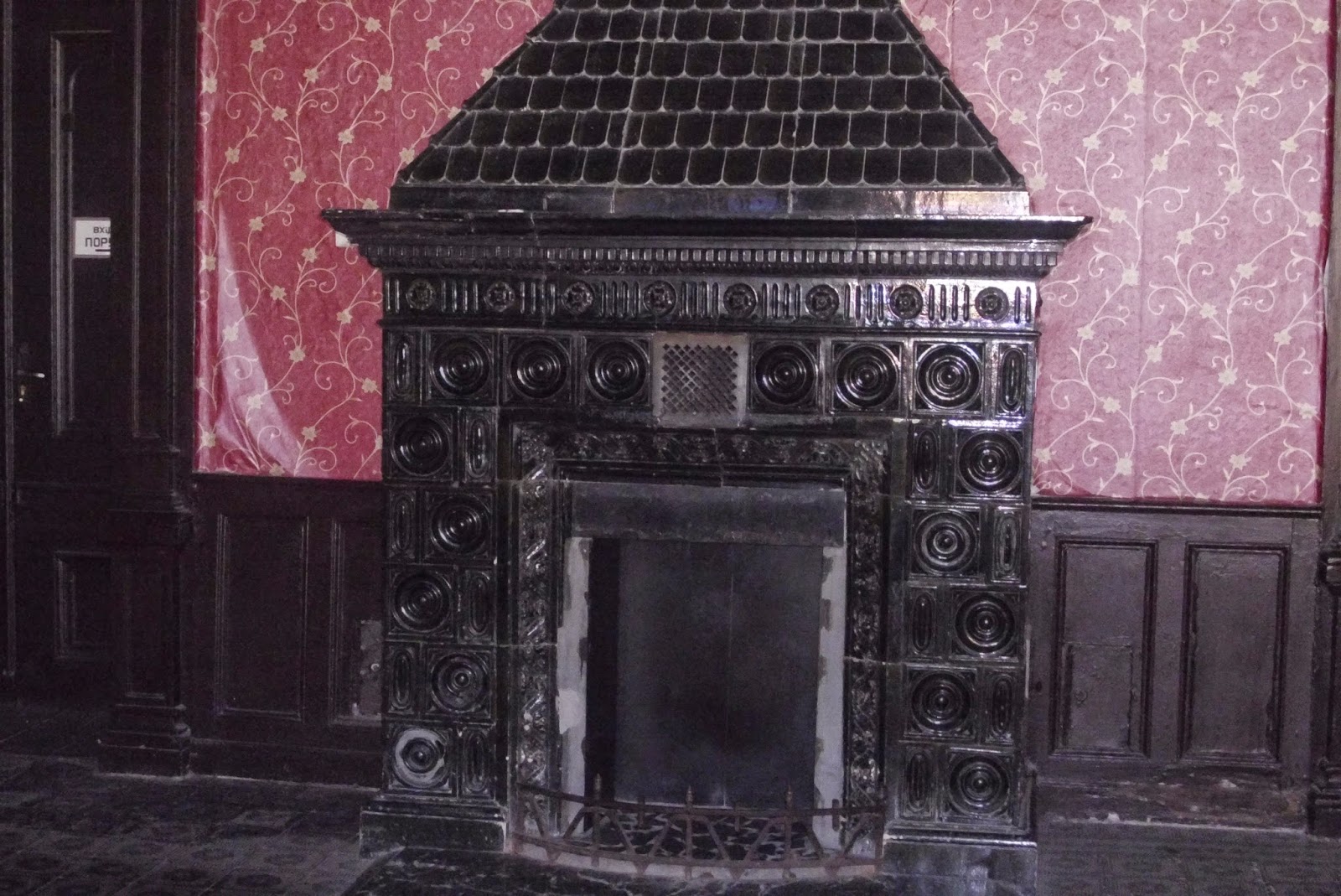






















No comments:
Post a Comment